By Gabriel Domínguez
Barack Obama is set to become the first US president to be chief guest at India's Republic Day Parade, a sign of expanding ties between the world's two largest democracies despite a host of thorny issues. DW examines.
Tanks, missiles, thousands of soldiers and common people are set to line the streets of India's capital New Delhi as the nation celebrates the enactment of its constitution back on January 26, 1950. Witnessing the festivities alongside Indian PM Narendra Modi and President Pranab Mukherjee will be the guest of honor, US President Barack Obama, who is set to visit India from January 25 to 27.
The massive parade is designed to showcase India's military prowess as well cultural and social heritage. But amid the political symbolism, Obama's participation in the event sends out a clear message: US-India relations are on an upward trajectory and have proceeded far more smoothly than many imagined under PM Modi.
While Obama's exact itinerary is still being worked out, the White House has expressed interest in his visiting Agra and the Taj Mahal. He will spend much time, however, in New Delhi. There is a great deal of symbolism attached to this visit since this is the first time a sitting US president will have visited India twice as well as been the chief guest for Republic Day.
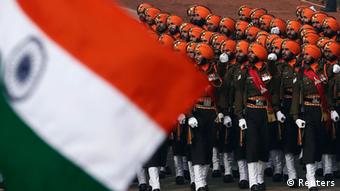
India's Republic Day Parade showcases the country's military prowess as well cultural and social heritage
"The President had many good reasons to turn down Prime Minister Modi's invitation, but he chose to accept. The upcoming trip therefore automatically elevates India's stature in Washington," Milan Vaishnav, an analyst at the Carnegie Endowment for International Peace, told DW.
In the past five years, bilateral relations had somewhat stagnated, resulting in a number of high-profile disagreements between the two nations. For instance, the United States gave priority to relations with China and Pakistan, two countries with which India has had adversarial relations, while India sought to diversify its relations with major countries and keep some distance from the United States.
Closer to the US than to China
But as analyst Dhruva Jaishankar told DW, the relationship has somewhat changed since Modi, a Hindu nationalist, was elected PM in a landslide victory last May. The South Asia specialist at the German Marshall Fund of the United States said that the Indian leader speaks in stark terms about closer collaboration between the two democracies. Furthermore, Modi's relations with the US have progressed more smoothly than, for instance, those with Russia and neighboring China, Jaishankar pointed out.
Moreover, Modi's visit to the United States last September was widely viewed as a major public relations success, resetting bilateral relations, and the invitation to Obama to attend India's Republic Day parade "breaks new ground," said Jaishankar. It also shows that Modi has moved beyond the fact that he was denied a US visa in 2005, three years after communal riots claimed the lives of over 1,000 people (mostly Muslims) in the western state of Gujarat where he was Chief Minister.
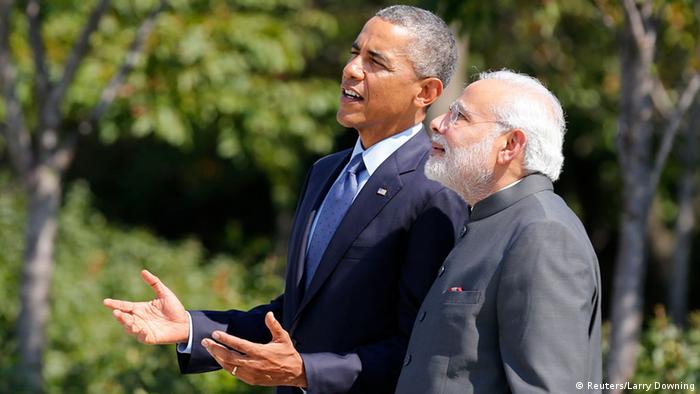
Analysts say US-India relations have been on an upward trajectory ever since PM Modi (right) took office
R&D centers in India
In terms of commerce, the relationship has improved significantly in recent years, with trade in goods and services between the two countries rising from just 18 billion USD in 2001 to 93 billion USD by 2012, notably helped by very rapid growth in bilateral trade in services, which reached 30 billion USD by 2012.
Rajiv Biswas, Asia-Pacific Chief Economist at the analytics firm IHS, explains that large US multinationals have substantially expanded their presence in India over the last decade, in sectors such as manufacturing as well as IT and business process outsourcing.
"There has also been a significant trend for US multinationals to establish R&D centers in India, drawing on the large talent pools of highly skilled Indian graduates," said Biswas. For US firms, India represents a major long-term growth market due to its large population and rapid growth of middle class consumer spending.
Obama's agenda
Against this backdrop, expectations are high on both sides that concrete deliverables will emerge from Obama's three-day visit to the South Asian nation. "The US president has four overarching issues on his agenda with regard to India: economics, defense, civil nuclear cooperation, and energy and climate change," said Vaishnav.
Among the main issues will be military cooperation and the signing of a new ten-year bilateral Indo-US defense framework agreement which expires in mid-2015. In terms of civil nuclear cooperation, the US is trying to find a solution regarding India's nuclear laws, which create liabilities for suppliers in the event of a nuclear accident, and have become a barrier to international nuclear energy firms undertaking projects in India.
Climate change is another key area, with analysts expecting a compromise before the Paris climate summit later this year. "There are expectations of a US-India deal under which New Delhi could agree to reduce carbon emissions and substantially increase the share of clean energy in its total energy mix by 2030, through the increased use of solar and wind power," said Biswas.
What does India want?
PM Modi has given a high priority to attracting US foreign investment into India, and he met with CEOs of leading American multinationals during his visit to the US to encourage greater investment inflows. "The Modi government, through its 'Make in India' scheme, is eager to revive domestic defense manufacturing - another place where US companies and technology could be quite valuable," said Vaishnav.
But the India analyst also points to some contentious issues set to feature in the discussions between the two leaders, such as India's attempt to secure shale gas exports from the US. "Such exports are restricted to countries with which the US has a Free Trade Agreement, a list on which India does not figure. The Indians are seeking a permanent exception to this," he said.
Finally, there is the issue of regional politics. New Delhi remains concerned about the potential for instability in Afghanistan following the drawdown of US troops. Vaishnav believes New Delhi will want reassurances that the Americans are not going to simply walk away. But he also points out that, from New Delhi's perspective, no discussion on Afghanistan can take place with Pakistan being a part of the conversation.
But why not? The analyst explains that Indian officials are worried that recent US statements and actions on Pakistan are indicative of warming in US-Pakistan relations - a development that does not sit well with the Indian establishment which remains skeptical of how much Pakistan's defense-intelligence establishment has changed in its approach to violent jihadist groups.
Symbolism vs substance
Experts are of the view that the future of US-India ties looks quite positive. They argue that while many of the irritants in the relationship - whether it be trade, intellectual property, immigration - have not gone away, there seems to be a renewed willingness on both sides to forge ahead and work through the thorny issues.
US President Barack Obama's upcoming visit seems to highlight the spirit of this stronger, renewed friendship. However, as Carnegie expert Vaishnav points out, "While rhetorically and symbolically, both sides have made a series of important gestures, symbolism will soon have to be matched by substance, as tackling the outstanding issues will be a tough, hard slog."

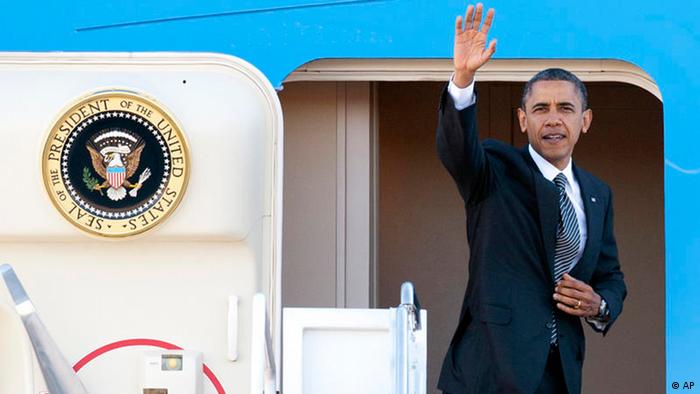
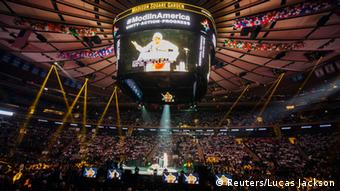
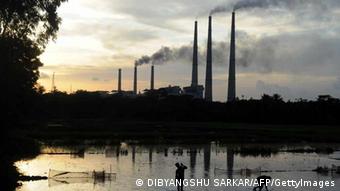
No comments:
Post a Comment